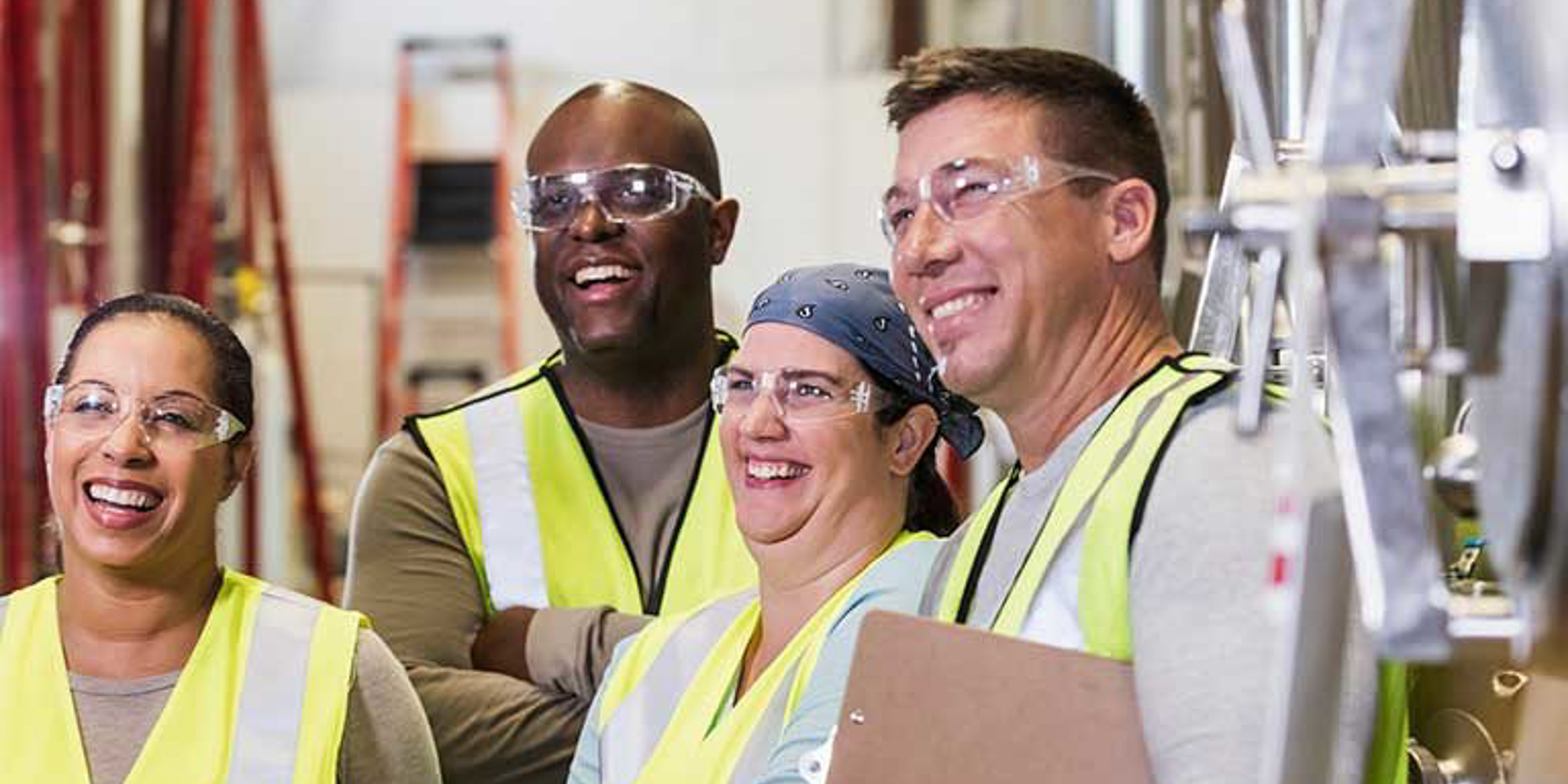Creating a Culture of Safety at Work

Safety plays a vital role in the workplace. While some workplaces are more hazardous than others, safety should have a role in every company’s culture. Too often, companies forget about safety until an accident happens, which they respond to by doing ‘damage control’. What if there was a way to minimize hazards and proactively respond to safety issues, so these accidents never occur? Well, good news...there is!
Establishing Safety Culture
Establishing a culture of safety in the workplace is one of the strongest ways to ensure employees remain safe while performing their jobs. However, creating this kind of culture in the workplace is not a quick and easy fix, especially in companies that never emphasized safety before. Doing so will take significant time and effort, although the results will be well worth it.
Understand Your Starting Point
It’s important to establish the point your company is starting from. Conducting surveys and speaking with employees is an excellent way to understand their attitudes about safety and identify both challenges and opportunities attributed to changing the culture. From there, you can pinpoint the goals and objectives that you want to achieve.
Incorporate Leadership Support
All managers and leaders within the organization are expected to understand and uphold the new culture and lead by example. By understanding the importance of safety in the workplace, they are more effective in addressing employee concerns and creating successful policies.
Build Employees’ Knowledge and Skills
Additional training programs will go deeper than basic instruction on how to use equipment or follow procedures. Such programs will focus on building a safety mindset and provide learning opportunities for employees to shift the way they think about safety. It’s important that everyone in the company adopts an ownership mindset and understands their personal role in creating a culture of safety. (TekSolv can help with this.)
Continue to Grow
Even after a new culture is introduced, it can be easy to fall back into old habits. That’s why it’s crucial for there to be ongoing reinforcements. Repeat training, assessments, and support from management will further ingrain the safety mindset into employees’ everyday activities.
Why is Safety Culture Important?
An established safety culture is key to maintaining a team’s physical health while working on job sites. A positive and proactive safety culture creates an environment where employees feel comfortable talking through safety issues at work. As a result, employees are more likely to perform better, learn from their mistakes, and fix problems before they have the chance to escalate. Effective safety cultures also provide guidelines for responding to safety issues, encouraging employees to take accountability and address any hazards quickly.
The Impact of Safety Culture
A workplace where safety is the highest priority has a significant impact on how management and employees feel and perform at work. When safety is put first, management actively shows that they value the health and lives of their employees more than productivity. This improves employees’ workplace satisfaction and supports a positive environment where they feel valued.
A safety culture also creates an environment where everyone is held accountable. When safety procedures aren’t followed by an employee, management will hold them accountable and provide resources and information to avoid future issues. This requires safety procedures to be clearly outlined and easily accessible by all employees.
When employees are encouraged to follow safety procedures and rewarded for stopping unsafe work, the number of incidents are likely to decrease. Employees understand hazards and are more likely to recognize unsafe conditions and cease work before an accident can occur.
In addition, a strong safety culture creates an environment of open communication between all levels of an organization. This allows for feedback to be addressed and supports continuous improvement of safety policies and procedures. Management allows employees' voices to be heard and can address concerns that they otherwise may not have been aware of.
Perhaps the most significant impact of a safety culture in the workplace is the positive environment that it creates. Employees not only feel safe when they go to work but valued and appreciated as well. They are supported by management and feel comfortable sharing their feedback and concerns.
Ready to create a safety culture but need assistance with creating a safety program or incorporating training? TekSolv can help! Send us a message at This email address is being protected from spambots. You need JavaScript enabled to view it..
